

















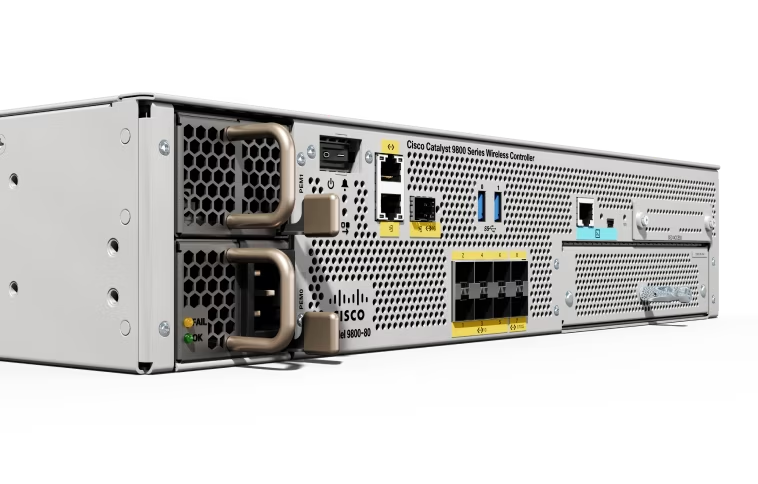

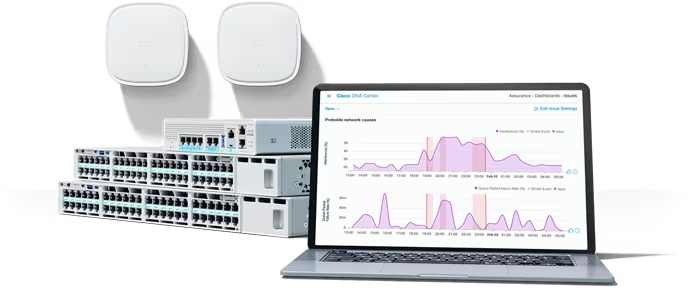

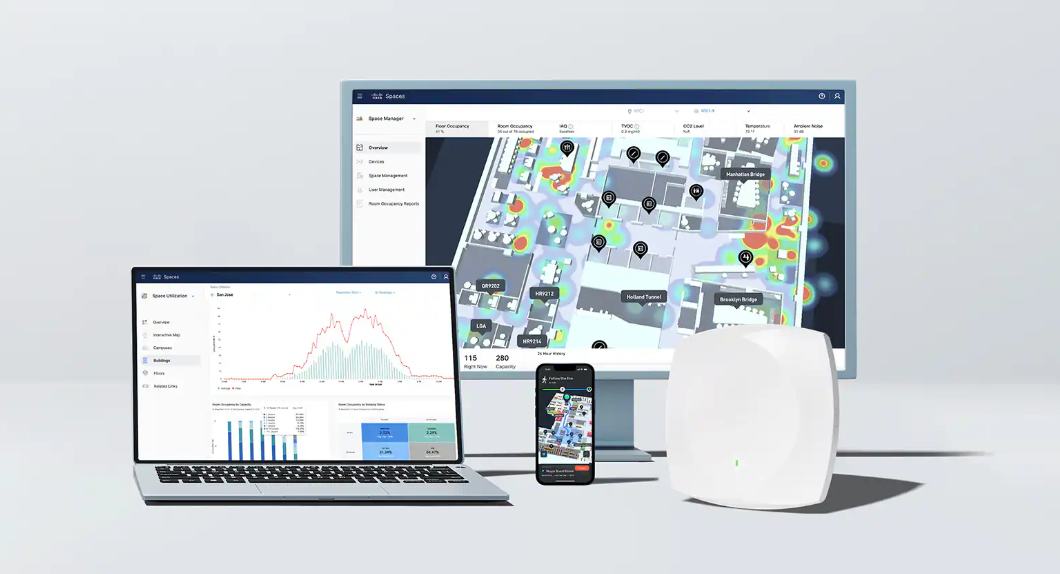

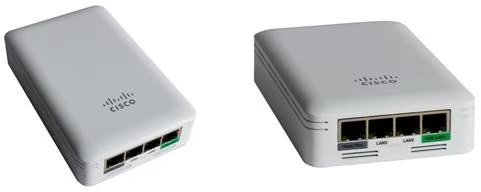
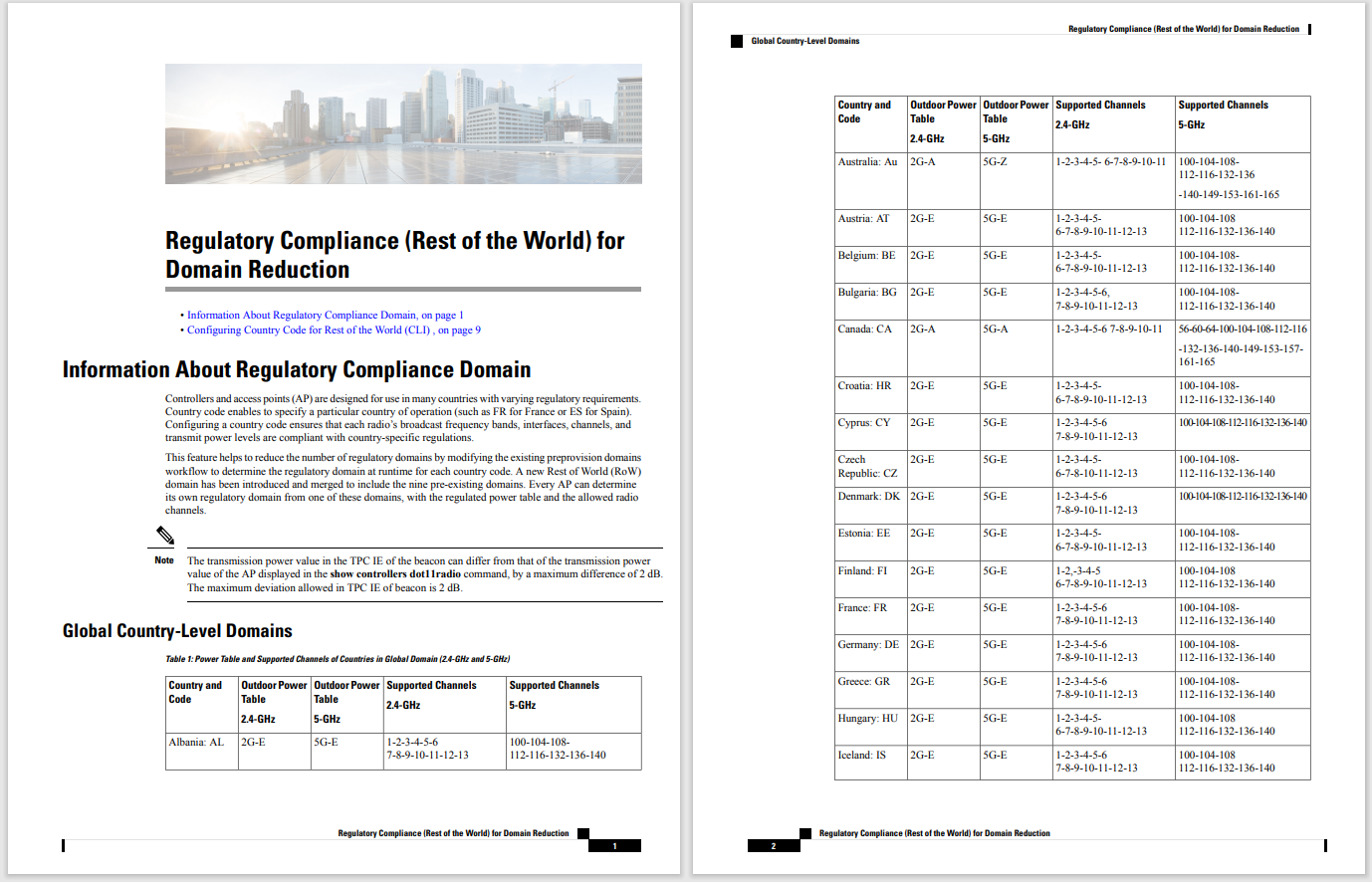
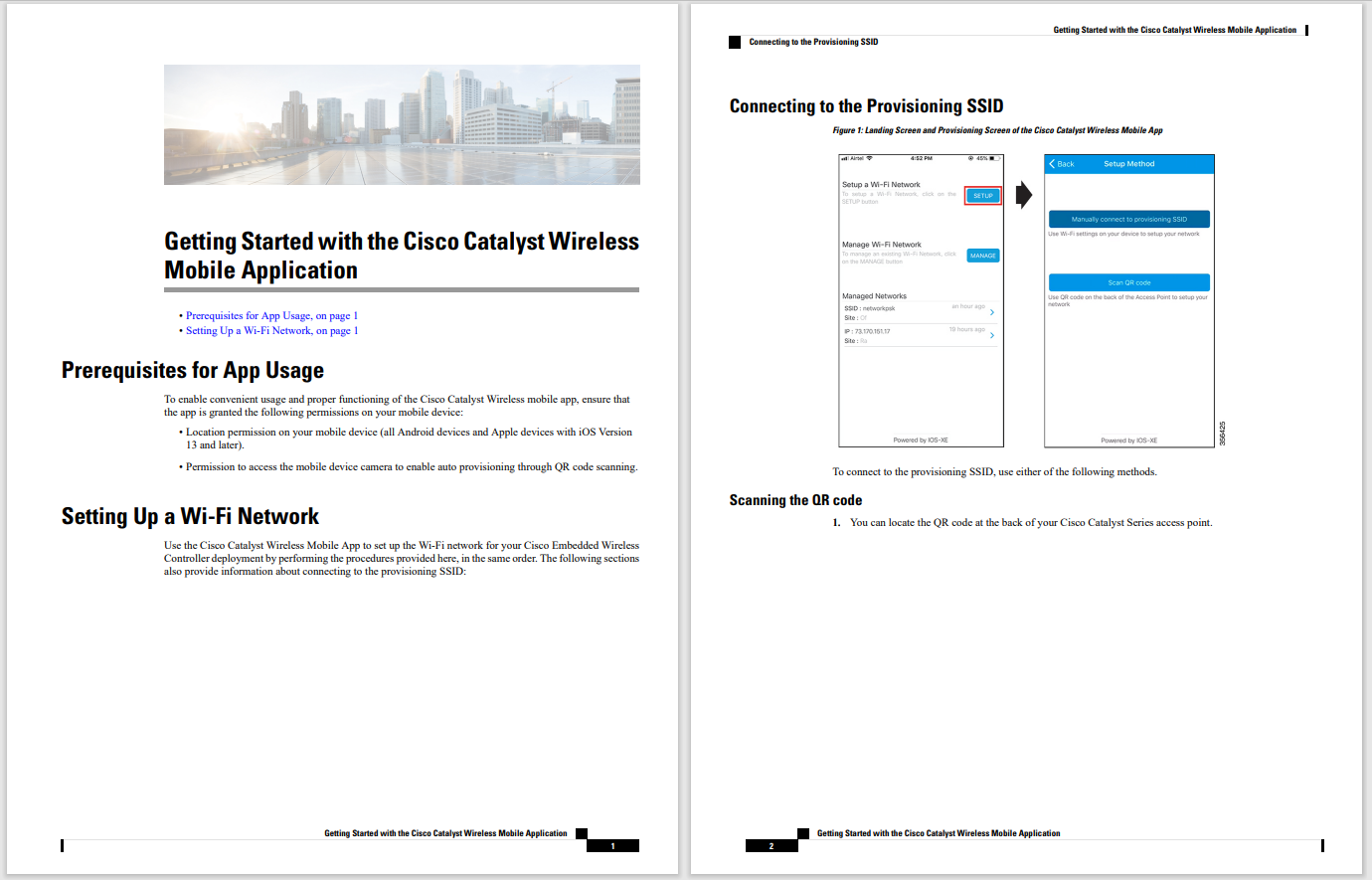

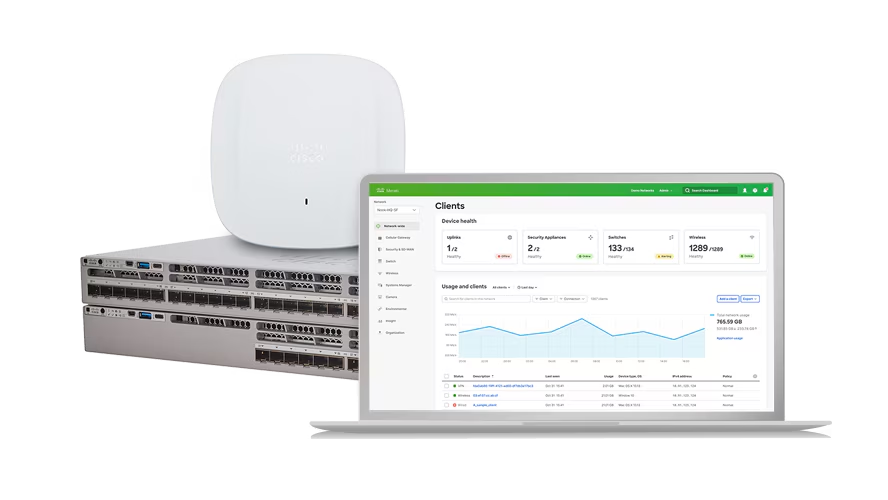
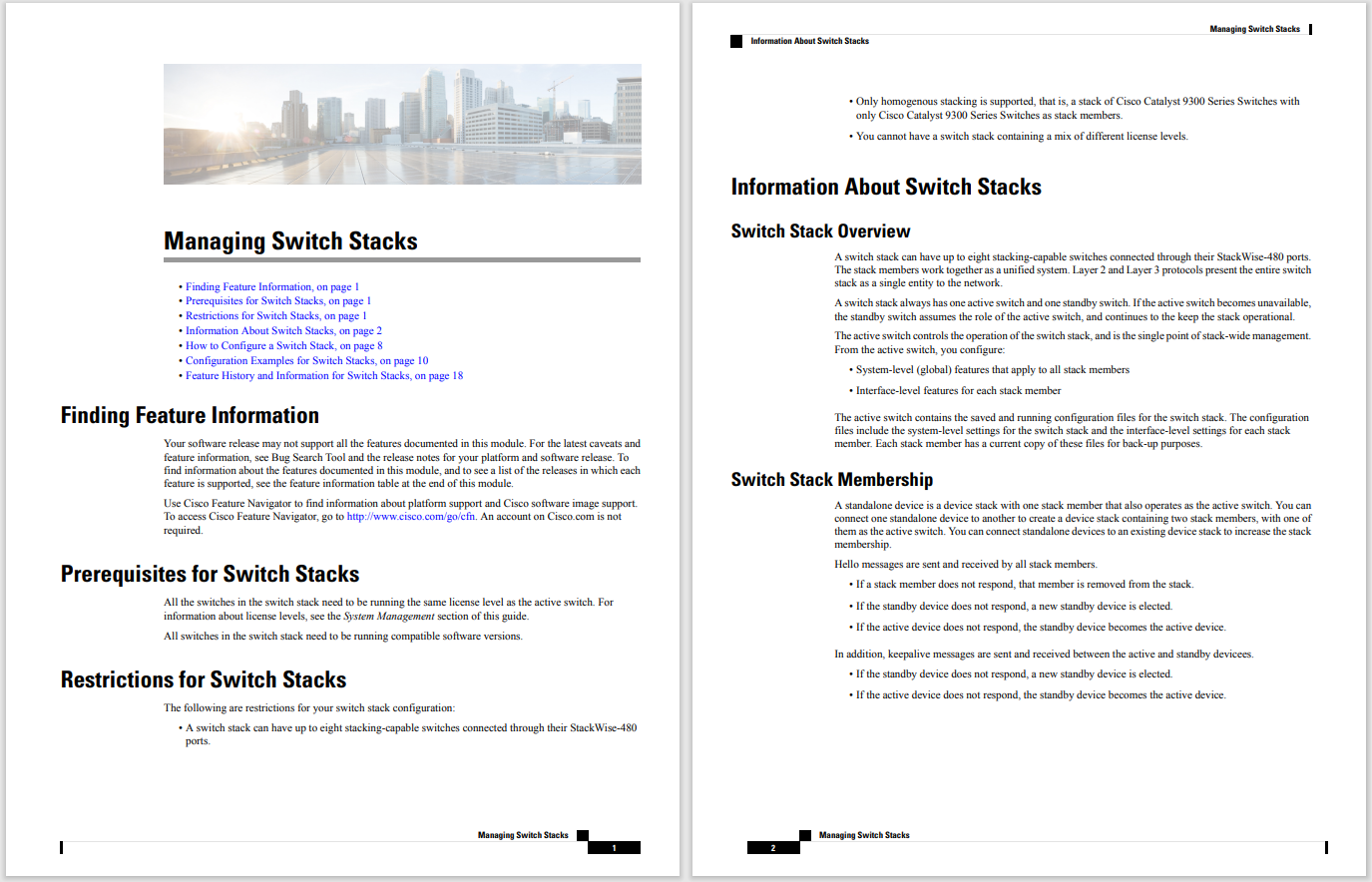
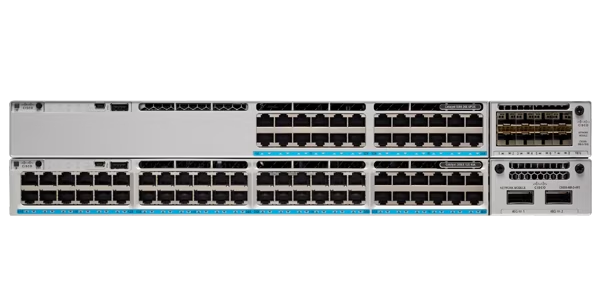
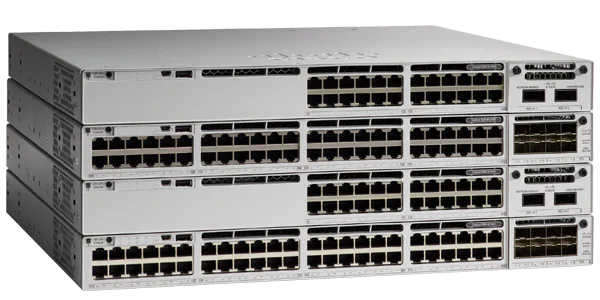
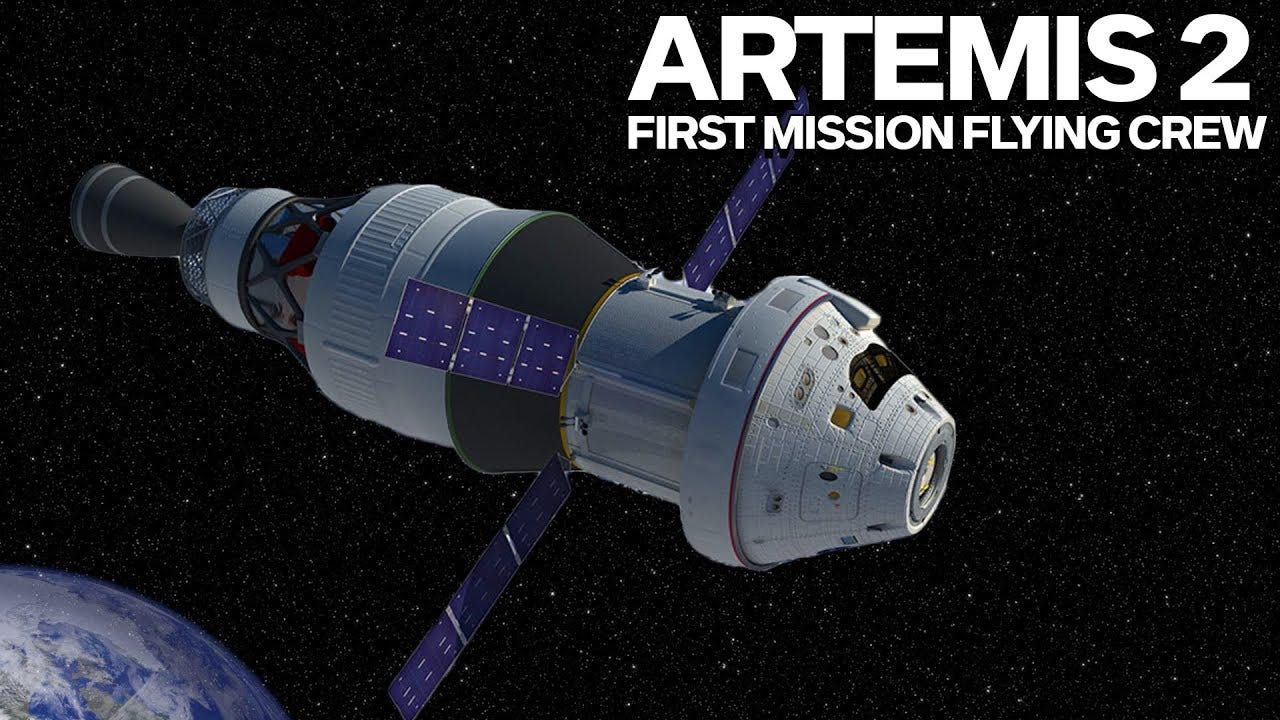 NASA
NASA When you're going to the moon on a round trip, you want to make sure you come back safely. That's why Lockheed Martin used Red Hat OpenStack Platform and Red Hat Enterprise Linux (RHEL) to create a secure private cloud environment for hosting simulation builds, testing, and analysis of the Orion spacecraft's flight software.
Orion, for those of you who don't follow space travel closely, is NASA's next-generation spacecraft. It's designed to send humans deeper into space than anyone has ever gone before -- 40,000 miles beyond the moon.
Also: How to install DNF5 on Fedora 39 for faster application installation and management
A year ago, NASA's Artemis I Mission flew an unmanned mission around the moon and back again for three weeks. Next year, the Artemis II flight test will be NASA's first mission with crew aboard the SLS (Space Launch System) rocket and Orion spacecraft for a 10-day trip mission. It will mark the first time since Apollo 17 that people have orbited the moon. Then, if all goes well, Artemis III will land on the moon, and we'll return to the lunar surface for the first time in over 50 years.
Robert A. Heinlein would have been appalled it would have taken us so long.
Much of Artemis I's success can be attributed to the meticulous preparation and testing of the Orion spacecraft's flight software. Lockheed Martin, the prime contractor and developer of Orion, embarked on an extensive simulation program to guarantee the spacecraft's optimal performance under various conditions. The key to these simulations was the integration of OpenStack, the open-source cloud, and RHEL, which facilitated a secure private cloud environment essential for testing and analyzing Orion's flight software.
The same, albeit updated, software stack will be used for Artemis II, III, and beyond.
Also: The best Linux laptops of 2023
Through the use of OpenStack, Lockheed Martin's software developers were able to host simulation builds and test environments efficiently. This system enabled the running of multiple versions of the flight software simultaneously, enhancing hardware utilization and reducing operational demands.
The platform's automated capabilities also played a crucial role, allowing for the quick and consistent deployment of virtual machine (VM) images and automated retirement defaults and shutdown procedures. This efficiency not only saved time but also accelerated the pace of innovation.
RHEL provided the stability, security, and performance needed for a successful simulation from launch to landing. The combined stack culminated in a comprehensive 28-day simulation that covered various scenarios, completed well in advance of Artemis I's launch. This preparation was instrumental in NASA's triumphant lunar mission.
As we look to the future, the focus shifts to Artemis II, slated for launch in late 2024. This mission will be a significant leap forward. With the lives of four astronauts at stake, the collaboration between Lockheed Martin, NASA, and Red Hat will be vital to ensure the mission's success, mirroring the smooth execution of Artemis I.
Also: Want to go into space? Two astronauts explain how they made the grade
The teams are dedicated to preparing for a safe and successful flight, signaling a new era in lunar exploration. And, open-source software and Linux will have helped blaze the path to the moon.
 Hot Tags :
Tech
Services & Software
Hot Tags :
Tech
Services & Software